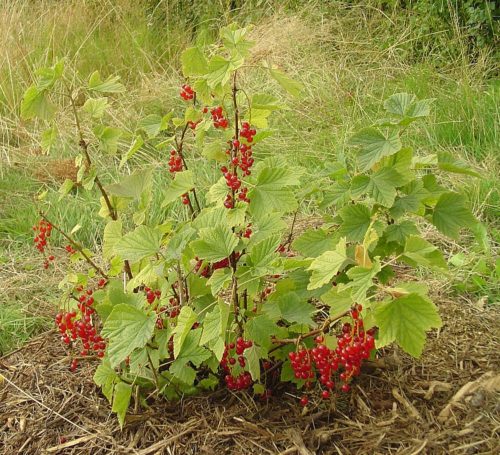You are viewing the mobile-adapted version of the page.
The one for tablets, laptop and desktop also provides general information, such as origin, toxicity and cultivation.
Currants: redcurrant (Ribes rubrum) blackcurrant (Ribes nigrum) and gooseberry (Ribes uva crispa) originate from the western part of Europe. Deciduous shrubs, 1 to 1.5 meters high, palmately lobed leaves with five lobes. The plant has inconspicuous, yellow-green flowers. The berries (red, white or black) have a diameter of between 8 and 12 mm and hang in clusters of 3 to 10 berries. The length of the truss is 4 to 8 cm. An adult bush can yield 3 to 4 kilos of berries; harvest July, August and early September. Gooseberries are usually green and covered with fine hairs.
pest insect
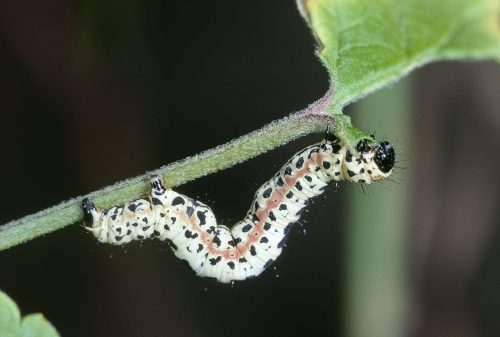
Leaf and blossom are eaten by caterpillars (the berry span caterpillar) of Magpie Moth (Abraxas grossulariata).
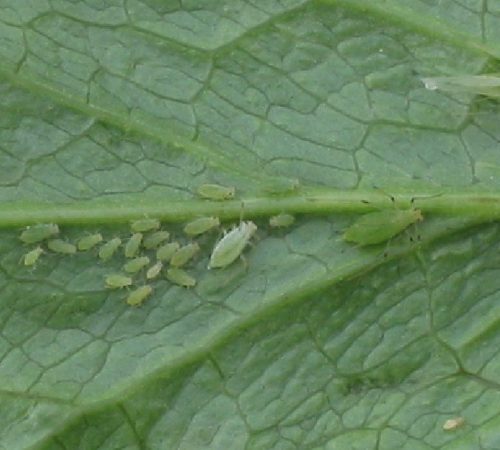
Deformed leaf and berry: aphid (Aphidoidea).
Young leaves are eaten away: caterpillars of the common gooseberry sawfly (Nematus ribesii) .
Wilting branches; tunnels in perennial wood: currant clearwing (Synanthedon tipuliformis).
Buds are thick and do not open or are misshapen: big bud mite (Cecidophyopsis ribis).
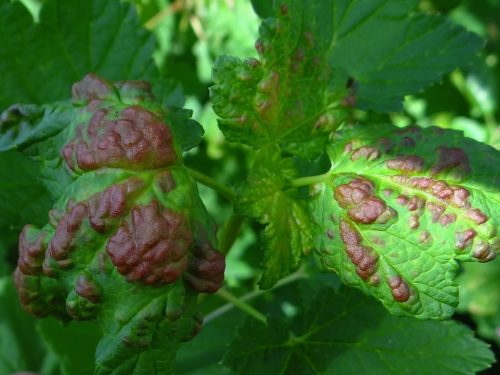
Red blisters on the leaf: Currant blister aphid (Cryptomyzus ribis).
Holes in often a single berry with spinning around it; berry matures early: Gooseberry Knot-horn (Zophodia grossulariella).
Soft spots develop in the red berries, the berries become dull and can then rot: Asian fruit fly (Drosophila suzukii).
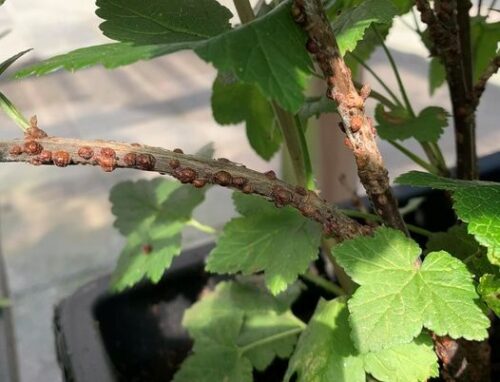
Brown scales on the branches of the currant: scale insects (Coccomorpha).
Fungi & diseases
Leaf and berry are covered with white mold: powdery mildew (Podosphaera mors-uvae).
Brown spots followed by grey mold fluff: Gray mold (Botrytis ssp.).
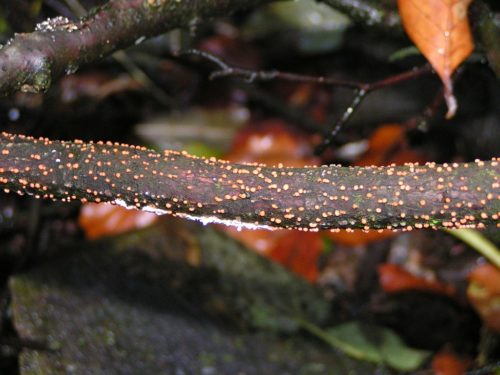
Orange-red raised spots on the branches; branches die off, sometimes followed by the entire shrub: coral spot (Nectria cinnabarina).
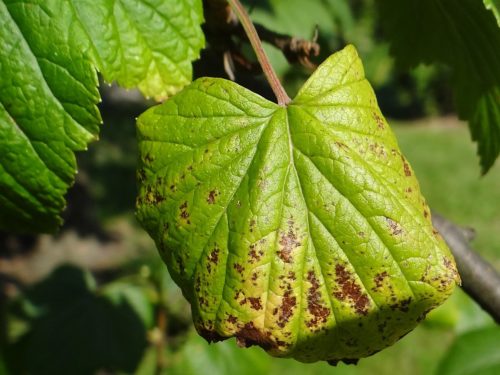
Small, irregular black-brown spots on the leaf, after which discolouration to yellow or brown; affected leaves already fall in July after harvest: Currant and gooseberry leaf spot (Drepanopeziza ribis).
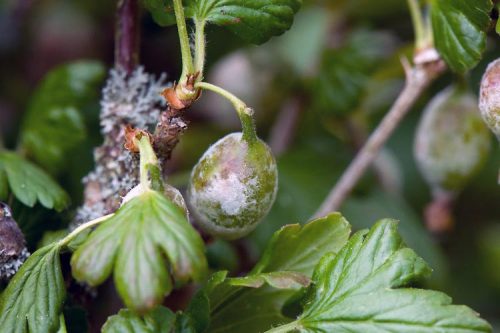
White fungus on young shoots and berries; shoots lag behind in growth and affected berries are no longer edible: American gooseberry mildew (Sphaerotheca mors-uvae).
Small yellow-orange (rust) spots on the leaf: rust.
Other
Berries are snatched: birds.
Leaf margin discolours, curls and withers. Early leaf fall: potassium deficiency.
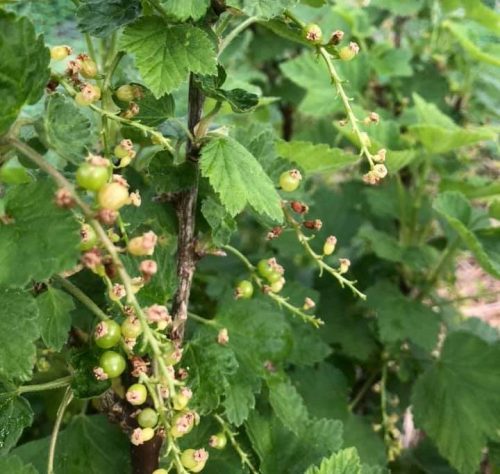
In early spring, starting berries have dried up and fallen off: frost damage.
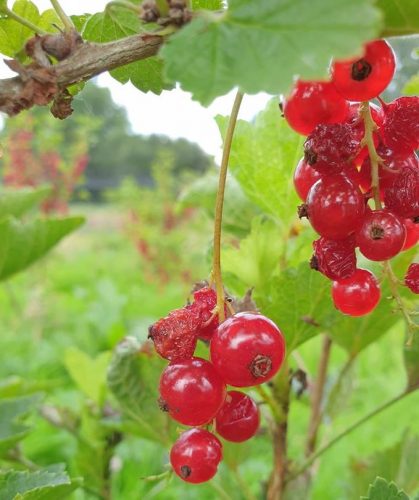
Damaged and subsequently dried out ripe berries: hail and heavy rain can cause this, especially after a period of drought followed by rain. The berries swell, making the skin thin and fragile.

